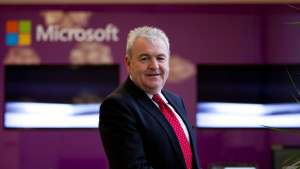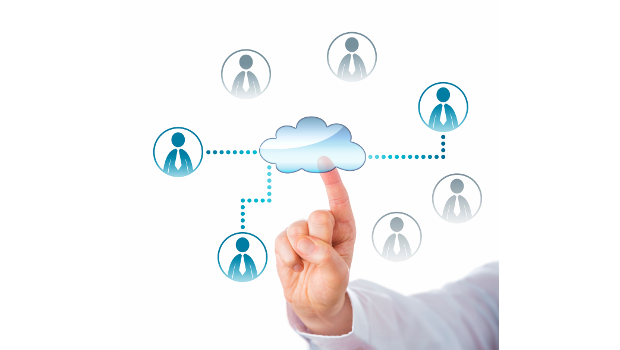Five years ago, the concept of customer engagement was remarkably fixed. Companies could dictate the channels they would engage with the public through, and whether they were good or bad at it didn’t seem to matter so much — not anymore.
Today how well a company can navigate the various channels that the public can use to interact with them says a huge amount about them. Customer engagement is becoming an increasingly important capability for organisations as the always-on nature of business and the reach of social media changes brand perceptions.
So how does a company go about creating the right kind of customer engagement strategy to navigate waters which can, at best, be shark infested and perilous?

Some of the most common enquiries suppliers have involve conversations such as ‘what are the orders that are about to come my way’ and ‘I’ve got these orders ready to ship to you’. All of those things can be done digitally without the interaction of a human being, Paul Hennessy, Microsoft
Instant gratification
“We live in an age of instant gratification, whether you’re a consumer, an employee or just a member of the public. What we expect now is to be able to interact with the companies around us 24 by 7. And we hold companies to account on this – who is happy if they can’t get the response they want when they want it?” said Paul Hennessy, business group lead for Dynamics for Microsoft Ireland.
“Undoubtedly this has added a lot of pressure for companies, but you know I think it’s actually a win-win situation. This kind of customer engagement reduces the cost to serve each customer as well, so rather than having to have staff in an organisation 24 by 7 say in customer service, there’s an opportunity to create positive digital interactions.”
Microsoft’s Dynamics business includes all of its business process solutions for customer relationship management (CRM), enterprise resource planning (ERP) and financials.
“Take for example suppliers who are obviously an integral part of the value chain of any organisation. Some of the most common enquiries they have involve conversations such as ‘what are the orders that are about to come my way’ and ‘I’ve got these orders ready to ship to you’. All of those things can be done digitally without the interaction of a human being,” said Hennessy.
“Somebody has to oversee and manage it, but once it’s done this kind of system mostly looks after itself and that’s where a supplier or an organisation can handle that interaction digitally. It makes common sense from the commercial perspective and from the whole user experience.”
Unknown scale
According to Hennessy, while Microsoft customers understand the importance of nurturing good customer engagement practices, the scale of what is available is often unknown to them.
“There have been so many advances in the last three or four years that part of our sales process is communicating what we call the art of the possible. It’s how all of these new solutions and features can help you run your business more efficiently. Traditionally people just see Microsoft as being about Exchange, Outlook and Office clients and don’t realise that there’s a whole suite of business solutions that people can install on the platform that they’ve invested in already.”
Increasingly, any kind of customer facing business process software has to be able to handle this idea of customer engagement. That is in the opinion of Carl Dempsey, vice president of sales engineering for Salesforce.

It’s really frustrating but we’ve all been that person. So a lot of what we try to do with our customer success platform around service is about creating automated technology that customers can just get through to the right agents, at the right time and have the right information in front of them, Carl Dempsey, Salesforce
All customers
“The language we use to describe ourselves is that we’re the customer success platform and customer engagement is at the heart of that. We’re all customers in our own private capacity and I don’t think there’s ever been a better time to be a customer with the amount of choice out there and the number of companies competing for our euros, dollars, pounds or whatever,” he said.
“Just look at the companies that have carved out successful niches by figuring out new ways to serve customers, solving problems which half the time people didn’t even realise they had, like Uber or Airbnb. There’s huge opportunity there but things have just become so much more complex.”
While Salesforce may be best known as a seller of CRM and sales products, Dempsey said that its current customer success platform ethos places customer engagement at every stage in the sales cycle, from marketing to them, ‘on-boarding’ them as a customer and selling to them right through to after sales service.
“Really good customer engagement is only limited by imagination. In every industry you’ve got the disruptors and early movers who do things that others wouldn’t think of. Disney recently spent a billion dollars putting sensors all over Disneyland so when kids walk around while wearing little magic wrist bands, sensors detect them and alert a cast member nearby to say it’s little Mary or whoever and Mary’s favourite character is the Little Mermaid. That cast member can go talk to her about it,” he said.
“That’s a great example of where connecting and engaging and using new technologies, whether mobile, social, connected devices or whatever, all comes together to give ultimately a better experience.”









Subscribers 0
Fans 0
Followers 0
Followers